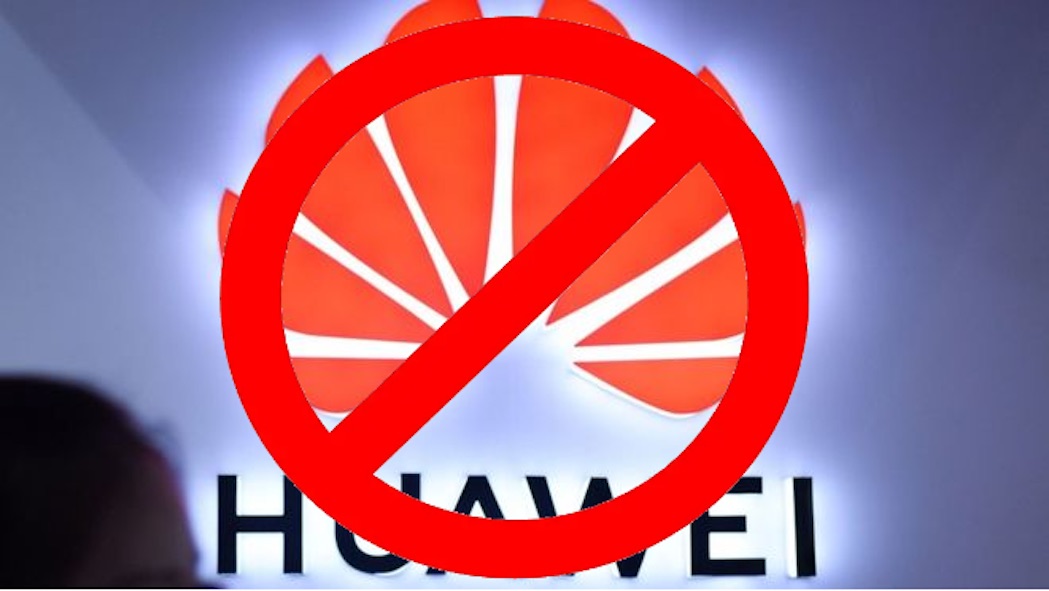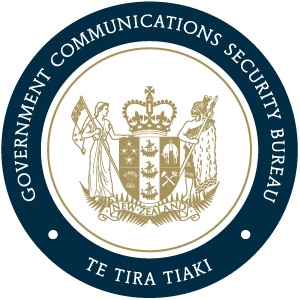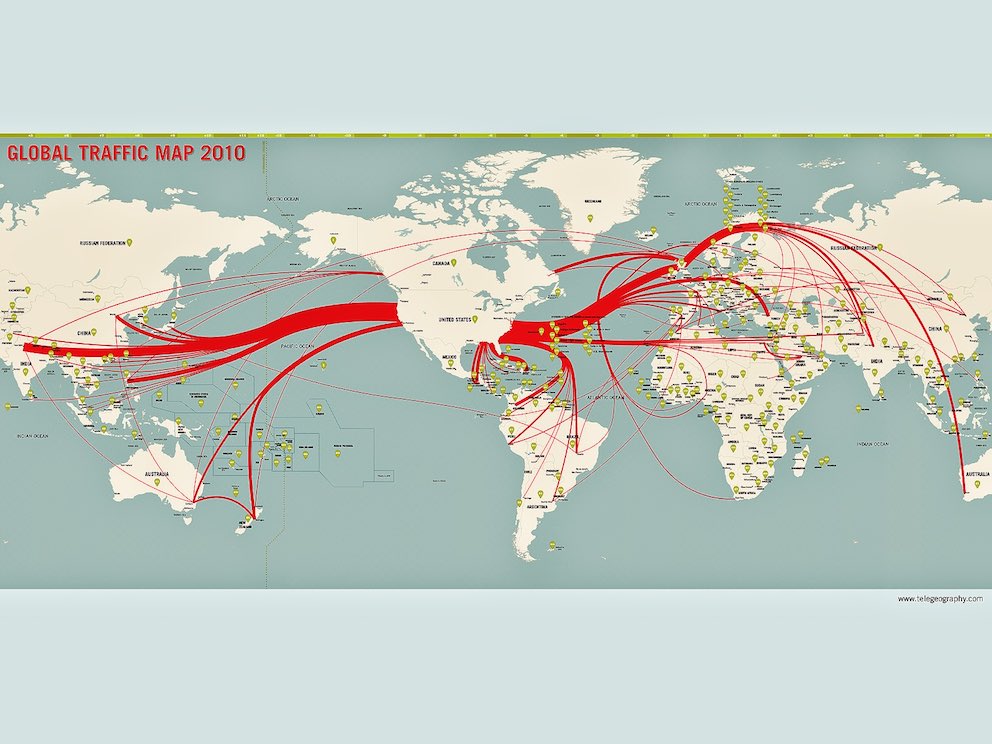What lies behind New Zealand’s ban of Huawei from Spark’s 5G network build? PAT PILCHER looks at the issue – and what the ban means for NZ consumers.
 Politics is often a strange beast. Sometimes instead of ensuring that society is a fair and prosperous place, political process can derail. This week is a prime example. The GSCB has decided in their infinite wisdom that Huawei is a security risk and is to be banned from Spark’s 5G network build.
Politics is often a strange beast. Sometimes instead of ensuring that society is a fair and prosperous place, political process can derail. This week is a prime example. The GSCB has decided in their infinite wisdom that Huawei is a security risk and is to be banned from Spark’s 5G network build.
Spark New Zealand had notified the Director-General of the GCSB to comply with the Telecommunications Interception Capability and Security Act that they were to use Huawei 5G equipment in their planned 5G network build.
Yesterday the Director-General confirmed that the GCSB believes Spark’s use of Huawei 5G equipment could raise significant security risks. At the time of writing, no evidence or proof was publicly offered up by the GCSB, and in the absence of any hard evidence, it is hard not to see the Directors-General’s unsubstantiated claims as hot air.
 The GCSB and the Security Intelligence Service (SIS) seem to be perpetually afflicted by spectacularly inept moves. These range from the agent who lost his/her briefcase which was handed to a journalist who opened it to find it contained a diary, meat pies and a porno mag to the illegal spying on Kim Dotcom.
The GCSB and the Security Intelligence Service (SIS) seem to be perpetually afflicted by spectacularly inept moves. These range from the agent who lost his/her briefcase which was handed to a journalist who opened it to find it contained a diary, meat pies and a porno mag to the illegal spying on Kim Dotcom.
Those moves pale into insignificance compared to today’s decision. By deeming Huawei to be a security risk, the Government has created chaos for the New Zealand telecommunications sector.
Telcos will most likely have to remove and replace Huawei network equipment and re-tender for new (and more expensive) suppliers. Unsurprisingly, the sizeable costs of doing this will fall to the telcos and will most likely be passed onto businesses and consumers in the form of increased telecommunications costs and a delayed 5G build – all so telcos can comply with the GCSB’s unsubstantiated claims.
Most of Spark’s 4G network, Vodafone’s HFC cable network, and most 2Degrees mobile network are Huawei powered. Then there the network equivalent of the elephant in the room: The bulk of New Zealand’s much-vaunted UFB fibre network also uses Huawei Gear.
Why should telcos wear the cost of this? It wouldn’t be an unreasonable play for all the telco players affected to club together and jointly sue the government for these costs. Sadly it would still mean us taxpayers will foot the bill.
So why is this happening? The US banned Huawei and ZTE hardware, off the back of allegations that Huawei and ZTE had ties to the Chinese government and could be spying for them (the fact that most large Chinese corporations have ties to the Chinese government seems to have escaped their attention). In short order, both Huawei and ZTE phones, plus network equipment, got barred from the US.
 The reality underlying this is likely to be far more sinister. It is possible that the US governments anti-Huawei stance is trade driven. US and EU network equipment manufacturers have constantly been out-performed and out-bid by Huawei. It isn’t unreasonable to surmise that they could have been lobbying the US government quietly behind the scenes. It is likely under previous administrations that their lobbying efforts had limited effect until they found a sympathetic ear with the Trump administration and their ‘US first’ policies.
The reality underlying this is likely to be far more sinister. It is possible that the US governments anti-Huawei stance is trade driven. US and EU network equipment manufacturers have constantly been out-performed and out-bid by Huawei. It isn’t unreasonable to surmise that they could have been lobbying the US government quietly behind the scenes. It is likely under previous administrations that their lobbying efforts had limited effect until they found a sympathetic ear with the Trump administration and their ‘US first’ policies.
It is also probable that the US government is placing pressure on the New Zealand government, saying that New Zealand isn’t pulling its weight militarily or with input into the Five Eyes spy network. Even more critical still, the US is probably pulling the trade lever. If any of this does prove to be the case, the public should be rightfully outraged that New Zealand’s internal politics are being dictated by a foreign power who seem to have lost their moral compass down the back of the Whitehouse Oval Room’s sofa.
So, is Huawei a security threat? The short answer is that it is difficult to prove and they are probably not. The reality is that engineering a backdoor into network equipment is incredibly difficult to do without being caught.
A recent controversial story from Bloomberg underscores this. They allege that a video compression company called Elemental Technologies (who had numerous national security contracts) had supposedly been selling servers whose hardware, unbeknownst to them, had a spy chip inserted by Chinese manufacturers. Bloomberg alleged that hidden among components on the server motherboards was a chip disguised as signal coupler placed between the baseboard management controller (BMC) and the board’s firmware. In theory, this would mean that when the BMC executed code from firmware, the chip could insert spyware.
With Elemental servers used by the US Department of Defence, the CIA and the Navy, the news caused a storm of epic proportions. Bloomberg alleged that a further 30 companies, including Apple, had also sold hardware that incorporated the spy chip. Apple vehemently denied the allegations.
Security analysts weighed in and were both scathing and sceptical. Firstly, they said introducing an additional chip onto a server motherboard is risky. Simply comparing the motherboard’s original design plans would make finding the chip straightforward. They also argued organisations affected would be able to quickly detect and trace unusual network traffic from affected servers using firewalls and security appliances. Bloomberg has since reported that Homeland Security is also backing Apple denials.
The other consideration is that it doesn’t matter whose network hardware gets used, spying on the data generated by New Zealand businesses and the government will be happening anyway, and short of mandating that strong encryption gets used across the board, there is little to nothing that can be done to stop snooping.
Underlying this is the fact that the internet is a collection of networks spanning different countries that are linked together using the trust-based border control protocol. The SMH recently reported that Internet traffic destined for Australia was diverted via mainland China last year. Some security experts say that this may have been a targeted data theft. The diverted traffic came from Europe and the US and got logged as a routing error by China Telecom say researchers at Tel Aviv University and the US Naval War College.
Even if some of the European telcos were using Huawei gear, it is fair to assume that no Huawei network equipment whatsoever was in use by US telcos. By this, would it not be fair to assume that banning Huawei is likely to make little to no difference whatsoever to the security of data generated by New Zealand corporates and the government?
Because of unsubstantiated security claims, Kiwi consumers and businesses are likely to end up paying bigger telecommunications bills and face a long wait for 5G to finally materialise as New Zealand telcos face severe disruption and costs thanks to what is at best a brain-dead decision from the GCSB.
Given the upheaval and costs likely to result from the Director-General’s determination, it’d also be fair and reasonable to expect the government to a) open up these security concerns to public scrutiny and to b) pony up for the massive costs associated with what is looking to be a monumentally stupid decision.










